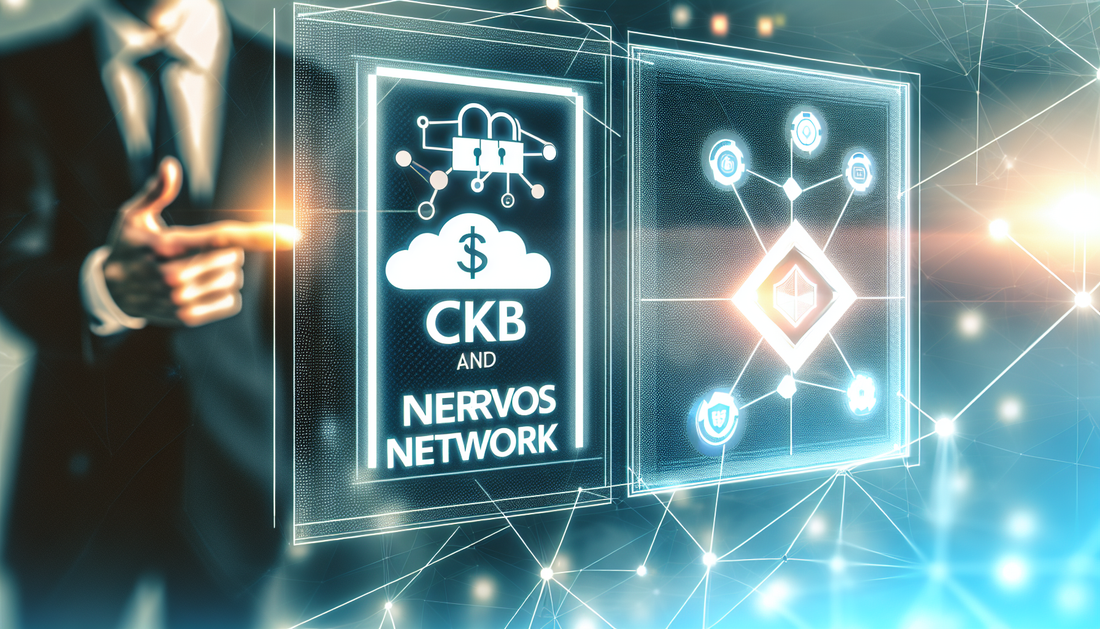
Empowering Communities: Governance in Nervos Network
Share
Navigating Governance in Nervos Network (CKB): A Community-Centric Approach
The Nervos Network (CKB) stands out in the blockchain ecosystem as a Layer-1 platform designed for universal application. What sets Nervos apart is its emphasis on governance—a critical aspect of decentralized networks. Governance mechanisms are pivotal in shaping the direction of any blockchain, ensuring that decisions are both efficient and community-driven. In this article, we’ll explore the governance model within Nervos Network and its implications for its sustainability and evolution.
Decentralized Governance on Nervos Network
Nervos Network employs a governance structure that combines decentralized decision-making with community participation. Like many blockchain ecosystems, its governance is built to ensure that no single entity can dominate the network’s decision-making processes. Instead, stakeholders play a crucial role in proposing and voting on changes to the protocol.
The primary aim of Nervos’ governance model is to promote inclusivity while remaining adaptable to the changing needs of its ecosystem. Stakeholders, particularly token holders, are empowered to contribute to key protocol upgrades, fee structures, consensus changes, and other technical modifications. A focus on collective input ensures that the network can evolve responsibly without compromising on decentralization.
Voting Mechanisms in CKB
The governance protocol integrates voting systems to allow stakeholders to participate in network decisions. CKB token holders are a central part of this process, as they have the opportunity to submit proposals or exercise their votes. This system ensures that all participants with vested interests in Nervos have a say, fostering a fair and democratic environment.
The model aims to strike a balance between user accessibility and rigorous scrutiny for proposed changes. Stakeholders can deliberate on potential upgrades or modifications, weigh their benefits and risks, and vote accordingly. This deliberative approach reduces the likelihood of hasty or controversial decisions that could jeopardize the health of the network.
Challenges in Nervos Governance
While the governance system in Nervos is structured for transparency and inclusivity, it is not without its challenges. A decentralized setup often comes with slower decision-making processes, as achieving consensus among a diverse group of stakeholders can be time-consuming. Additionally, active participation from a significant portion of token holders remains a challenge for the network, as is the case across the broader blockchain ecosystem.
Despite these constraints, Nervos Network’s governance continues to prioritize long-term sustainability over short-term gains. Its structured yet participatory design ensures the system is resilient and equipped to handle major policy shifts when needed.
Comparative Insights into Blockchain Governance
For those interested in exploring governance across other blockchain platforms, similar insights can be drawn from other decentralized networks. Articles such as Unlocking MATIC: Trends Driving Polygon Growth and The Graph Governance Power to the Community shed light on the variants in governance models and how they impact blockchain ecosystems differently.
Ultimately, the governance framework of Nervos Network reflects the broader challenges and innovations within the industry, emphasizing adaptability, community inclusivity, and decentralization as core principles.
```